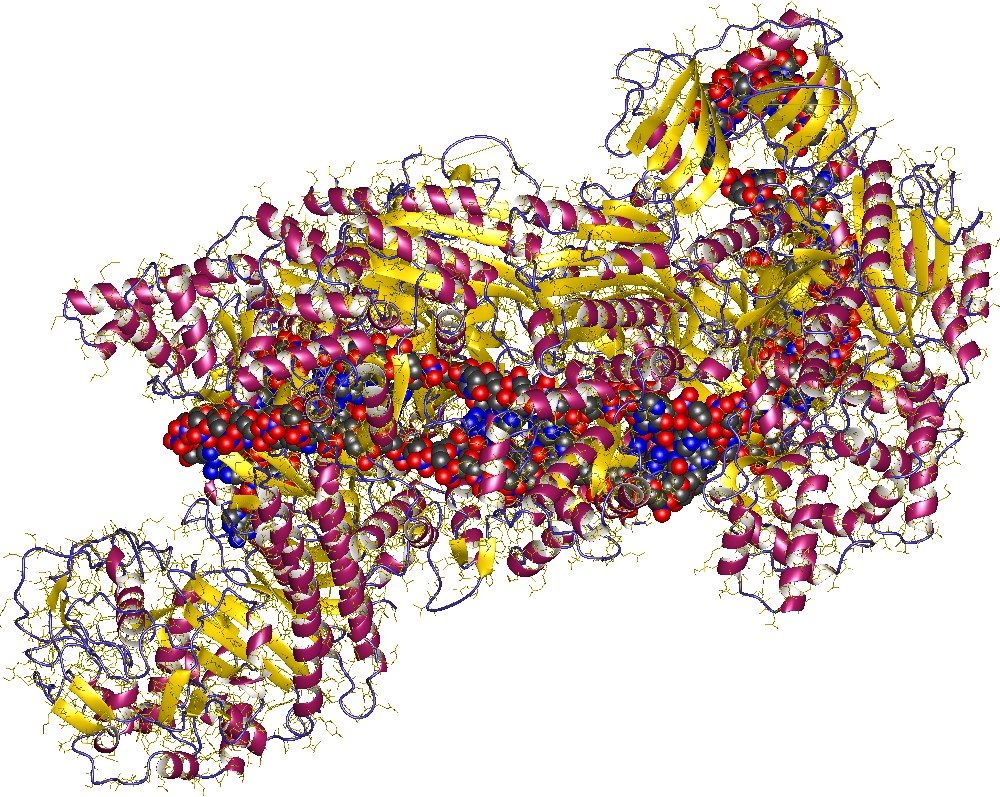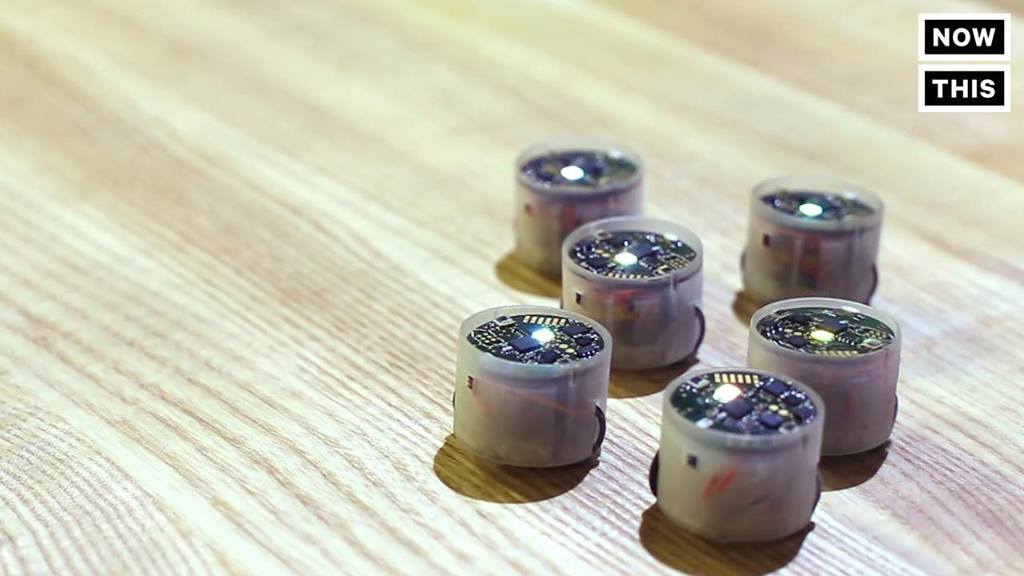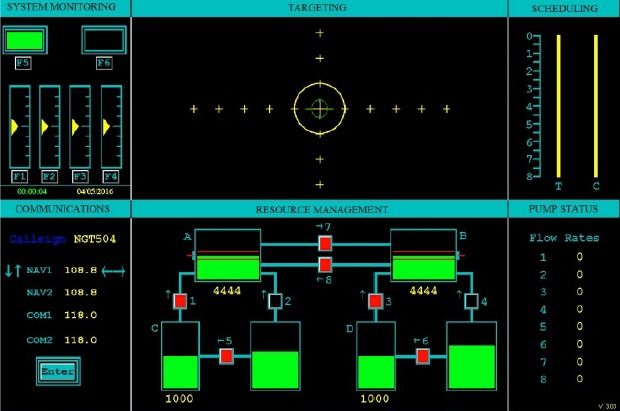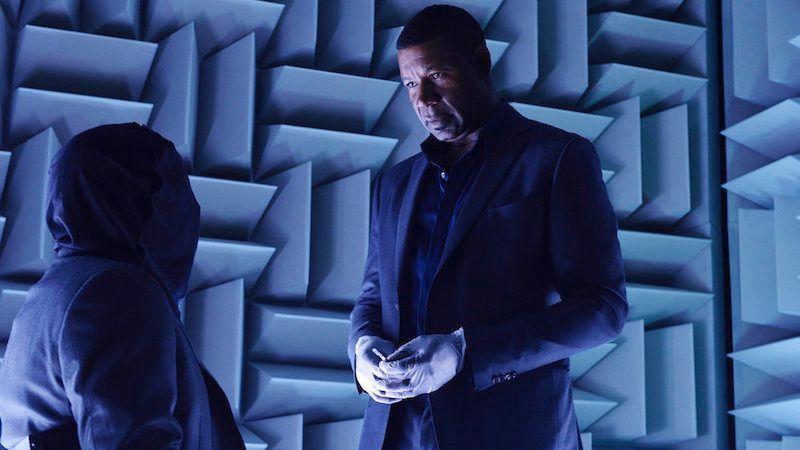Nov 16, 2016
Cormorant/AirMule UAV completes first autonomous flight
Posted by Klaus Baldauf in categories: robotics/AI, transportation
A lot has happened since we first heard about the AirMule, a prototype VTOL (Vertical Takeoff and Landing) aircraft that features internal rotor blades – these work along with the horizontal-thrust ducted fans visible at the rear. First, it made some tethered autonomous test flights. Then, it flew untethered for a short distance. Now, known as the Cormorant UAV, it’s made its first full untethered autonomous flight … although there were a couple of hiccups.
Designed by Israeli firm Tactical Robotics, the Cormorant is designed to deliver troops, civilian passengers or other cargo within tight quarters where helicopters with exposed rotor blades just can’t go. With the UAV in its name standing for Unmanned Aerial Vehicle, the idea is that it will perform these tasks either autonomously or by remote control.
Continue reading “Cormorant/AirMule UAV completes first autonomous flight” »

















